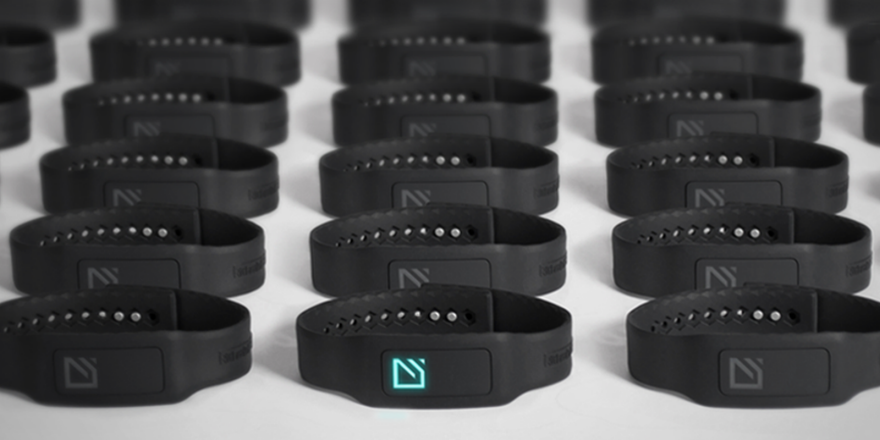Developing parts and devices for the medical industry is not a walk in the park, the reason being the whole process is quite complicated as the speed required to reach the market and the accuracy of the devices is critical to the success or failure of a product.
After choosing the vowin.cn' target='_blank'>product designs as well as materials to be used, it will provide you with a certain degree of flexibility, a fact which is essential when it comes to the creation of medical products. This is the part where low-volume manufacturing comes in, these techniques will enable you to create parts cost-effectively, quickly, and consistently.
With low-volume manufacturing; you can choose a wide array of manufacturing techniques, thus making sure your medical parts and devices will smoothly transition from prototyping to mass-production.
>Customization in low-volume manufacturing
The medical sector is one of the few industries that demand more diversity and customization than other sectors. This is due to the constant advancement of the medical sector as well as the short life cycle of medical devices and products.
The current market requires fast development of product designs which has forces manufacturers to shift from large-scale production to low-volume manufacturing. The processing methods, mold tooling, and material used in this technique can manufacture parts ranging from 100 to 100,000.
The high risk, as well as the cost associated with mass-production, make low-volume production look like the ultimate option as it provides designers and engineers with more flexibility, reduce production cost and time as well as reducing risks. Due to the nature of specifications and requirements, this technique will benefit the medical industry more.
>Vital aspects to look for in a low-volume manufacturing firm
The product creation or development of medical products and devices has only one goal, and that is getting FDA approval. Thus, you need a manufacturing partner who will create high-quality products.
The manufacturers you decide to go with should have streamlined processes and procedures, thus all the inefficiencies associated with the manufacturing process. The manufacturing firm should also be in a position to accommodate any changes or iterations within a short space of time thus not hampering the production process.
Aside from the provision of fast quoting, the manufacturer should also provide a quick turn-around time. They should also be in a position to provide quick feedback, thus improving the overall manufacturability of your part or product.

>Key benefits of low-volume manufacturing
There are many reasons why the short production cycle of low-volume production makes it perfect for the production of medical parts and devices. Here are some of the key benefits of this production technique
*Flexibility
When it comes to product changes and iterations, low-volume manufacturing is the best choice. Iterations can now be done during the production which not only improves the design of the product but also optimization. The medical sector requires this kind of flexibility due to the ever-changing needs of this sector.
*Provides interim phase between prototyping and full production
Being able to create pre-production parts and components is crucial before moving into full production. Thanks to the pilot run, companies can now be able to test the functionality and viability of the product before it hits the market.
It also provides room for correction of issues and defects before mass-production is rolled out.


